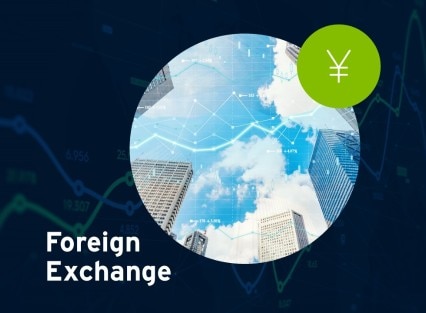Citi Commercial Bank works with a wide variety of disruptors, from FoodTech, Ag Tech, and biotech to software companies, online marketplaces and the electric vehicle ecosystem. These companies spend a significant amount of time sourcing funding and planning their next major lifecycle event such as an IPO or capital raise – and rightly so. Sustained rapid growth is only possible if funds are available; financial planning is therefore critical to future success. However, we have found that only a small percentage of these companies give investment planning much thought or know what to do with cash once it is in hand. As a result, many firms are missing out on potential returns from their surplus balances.
Asking the Right Questions
The extended period of low interest rates may have conditioned some companies to think of investment strategies as a waste of valuable time, especially when the focus is on business growth. But funding rounds for disruptor companies can be enormous: even small differences in the return this cash generates can be significant. Moreover, technology, life sciences, and disruptive consumer and industrial firms operate in intensely competitive environments, where the smallest advantage can be make or break. It is therefore even more important to think about the options for squeezing the most out of any cash on hand, especially now that the low interest rate environment is starting to show signs of change.
Not every company finds itself with large amounts of surplus cash. But all firms should, as best practice, ask themselves some basic questions to determine how much, if any, of their cash can be put to better use:
- Am I still burning cash? If a business has a high cash burn, usually in the earlier stages of growth, it is prudent to keep 6-12 months’ worth of anticipated cash burn in operating balances to cover expenses. If a company has a buffer of more than 6-12 months, the surplus can potentially be invested. Firms that already have positive cash flow are likely to have established the minimum cash level they need to maintain on account; any excess can be invested.
- Am I funding an M&A event and, if so, when? If an M&A event is imminent, it may make sense to keep the required amount liquid. If the timeline is further out, companies could consider investing the earmarked funds for 6-9 months (to match with the timeline of the transaction).
- Do I have a lot of excess cash? In one of the more obvious scenarios where an investment strategy might make sense, if a funding round is successful enough to generate four years’ worth of cash burn for example, any balance in excess of 12 months’ cash burn that isn’t earmarked for M&A or debt repayment can be considered excess liquidity and ripe for investment.
Reviewing the Options
If a company’s answers to the questions above point to an opportunity, it’s time to start thinking about the available investment options. There is no one-size-fits-all approach for investment, and every Citi client is reviewed individually before we present possible options. Our guidance is aligned with a company’s overarching investment policy; if no policy exists, we can help create one. The instruments that a company can utilize will differ based on one of two main objectives – it’s also possible the company will think about both.
- Maximizing returns: If, after review, a company decides that making a return on idle balances is desired, there are several investment opportunities, both short- and medium-term, that can deliver modest but meaningful returns. In fact, recent steepening at the short end of the yield curve has resulted in yields between 1.3% and 1.7% per annum depending on a company’s investment policy, and when balances are large following a major lifecycle event, this can translate into an impactful return.
- Minimizing the impact of negative rates: For companies that operate in multiple locations around the world, chances are that they have accounts in a foreign currency that offers minimal, or even negative, interest rates. Although these rates may turn neutral or positive in the future, we have solutions that can help minimize the impacts in the interim by pooling money in locations and currencies that have a higher or at least neutral yield, if the goal is to avoid the loss of the principal.
In Conclusion
While some companies develop an investment policy early on, it’s more common for fast-growing, disruptive firms to prioritize other aspects of fundraising and procrastinate the development of a strategy for how they will invest excess cash following a funding round. With disruptors looking for every possible advantage, a clearly-defined investment strategy can be extremely valuable. Citi Commercial Bank can work with you to understand your goals and support the creation of a strategy (or review an existing one) to ensure that it complements your growth plan. Contact us today to start a conversation.



